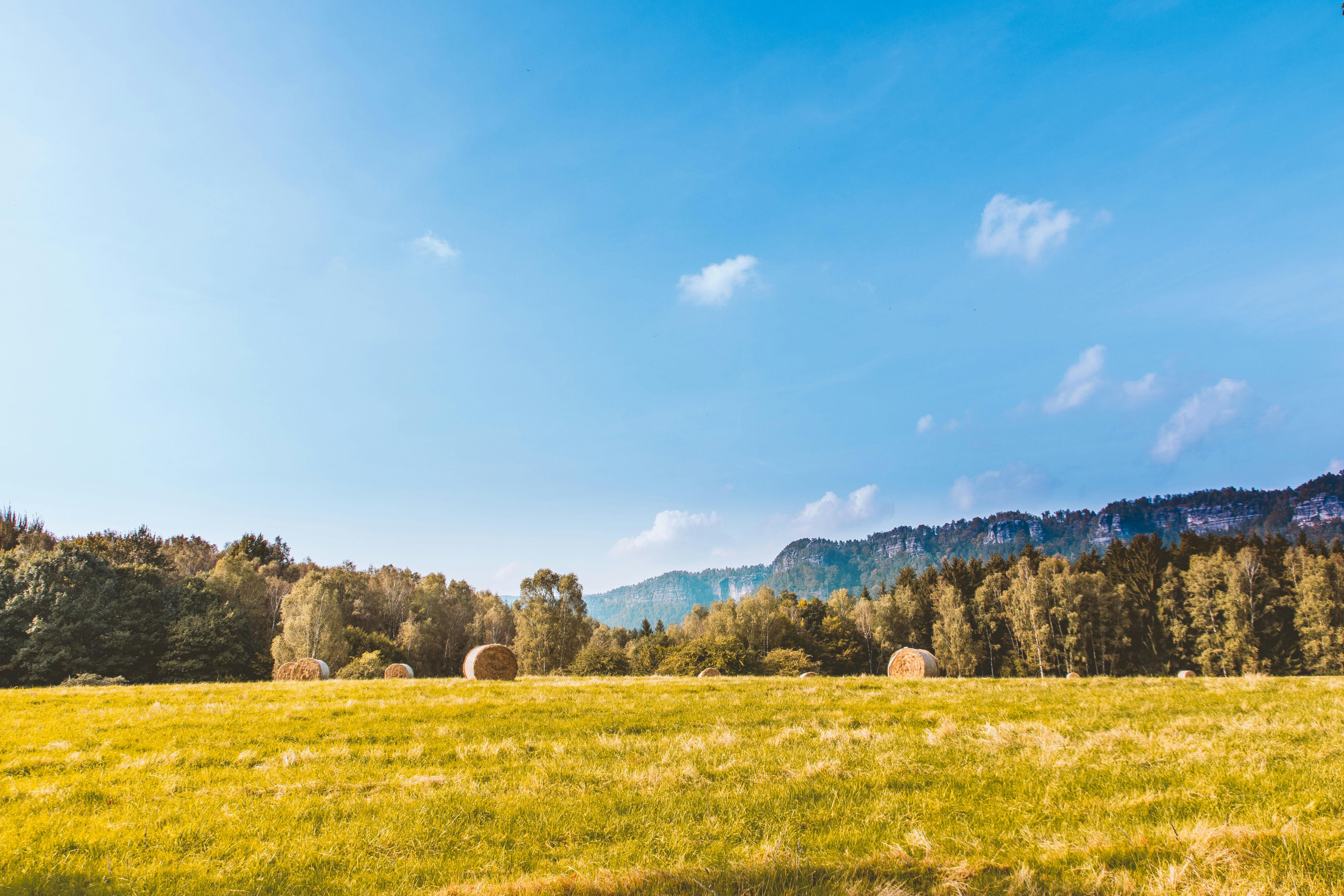In Chaucer’s Pardoner’s Tale, there is an interesting reference to Lepe wine:
Now stay away from the white and the red
And namely, the white wine of Lepe,
That is to sell in Fish Street or in Chepe.
This wine from Spain subtly creeps
In other wines, growing rapidly,
From which rises such a fumositee,
That when a man has had three drinks,
And if you are at home in Chepe,
It is in Spain, right in the town of Lepe,
Neither in La Rochelle nor in the city of Bordeaux.
“Fumositee” is a beautiful word; its meaning is so clear that no lexicographer would dare to define it. Chaucer (1340-1400) was the son of a winegrower and was notoriously accurate in everything he mentioned, so it seems that the wines of southern Spain were already fortified when he wrote his Tales, and this is confirmed by the knowledge that the Moors They distilled alcohol and used it for medicinal purposes. The Elizabethan “sack” was certainly fortified.
Lepe is a town between Ayamonte and Huelva, a few kilometers from the coast, and white wines from that region have been imported to Jerez to be mixed with sherry even in living memory. They are quite light but similar in style. When Ford wrote his Manual for Spain during the last century, he visited Lepe and discovered that “a lot of bad wine is made, sent to San Lucar and converted into fine sherry for the English market …”
In fact, the wine is nothing bad, judged purely as a local ordinary. It was probably sent to Jerez and Puerto de Santa María in greater quantity than to Sanlúcar and could only be used to mix with mediocre sherry, but at least he was right in principle. Chaucer was writing about a wine very similar to sherry, if not sherry itself.




